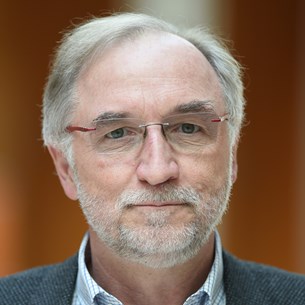Meeting
2014 ASCO Annual Meeting

University Medical Center Mannheim, Department of Surgery, Mannheim, Germany
Peter Hohenberger , Ming Wang , Carina Heydt , Alexander Marx , Ulrich Ronellenfitsch , Eva Wardelmann
Background: Gastrointestinal stromal tumors (GISTs) show KIT or PDGFRα gain-of-function mutations in 85% as the primary oncogenic drivers. Although the use of tyrosine kinase inhibitors (TKI) like imatinib has greatly improved therapy, the occurrence of secondary resistance to TKIs is a challenging problem. Secondary mutations in KIT/PDGFRα are believed to be the most important mechanism of drug resistance. We analyzed whether this might be a random process or whether these effects could be correlated to primary tumor characteristics and primary drug therapy. Methods: 58 patients undergoing surgery or CT-guided biopsy of progressive GIST lesions while being on TKI therapy and with known mutations from their primary tumor formed the basis of our study. Paraffin-embedded specimens were used to examine the primary and secondary mutations in exons 8, 9, 11, 13, 14, 17 of KIT and exons 12, 14 18 of the PDGFRαby macrodissection, genomic DNA extraction, PCR amplification, designed primers for exons, Sanger-sequenced twice. Results: Point mutation was the most common type of 2ndary mutation (52/58, 89.7%). Codon 654 of KIT exon 13 (n=20) and codons 820 to 822 of KIT exon 17 (n=28) were the predominant regions of 2ndary mutations. Secondary mutations in KIT exon13 were exclusively found in tumors with primary mutations in KIT exon11. GISTs of non-gastric origin had a higher frequency to develop secondary mutation in activation-loop (AL, exon 17) of KIT than those with gastric origin (67.7% vs. 35.7%, P=0.047). Mean duration of TKI treatment did not influence significantly AL vs non-AL mutations. With respect to the TKIs used, secondary mutations in the activation-loop were more often found after multiple TKIs (imatinib, sunitinib, nilotinib, sorafenib) than after just imatinib, but the difference was not quite statistically significant (85.7% vs. 50.0%, P=0.066). Conclusions: The development of secondary tyrosine kinase mutations in advanced GISTs during treatment with TKIs is not a random effect. Correlations between primary vs. secondary mutations and initial tumor site can be demonstarted. Besides, it seems possible that the use of different TKIs itself may impact on the development as well as type of secondary mutations.
Disclaimer
This material on this page is ©2024 American Society of Clinical Oncology, all rights reserved. Licensing available upon request. For more information, please contact licensing@asco.org
2014 ASCO Annual Meeting
Poster Highlights Session
Sarcoma
Sarcoma
Gastrointestinal Stromal Tumors (GIST)
J Clin Oncol 32:5s, 2014 (suppl; abstr 10518)
10.1200/jco.2014.32.15_suppl.10518
10518
6
Abstract Disclosures